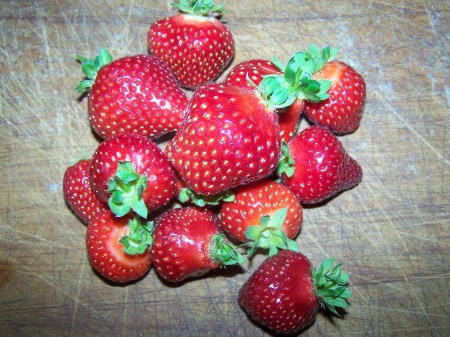We have municipal elections coming up October 4.
In my area, we are considering a number of propositions and will vote to fill Assembly seats.
Folks all around the state will be making similar decisions for their communities about who will represent them and how they will conduct their community business. In many respects and if we are organized under home rule charter, we get to make more decisions at the local level than people do in most other states .
News and comment about the “Save our Salmon ” initiative which is on the ballot in the Lake and Peninsula Borough has been heavy in recent days. Pebble Prospect, Mine, Whatever, is on state land situated in the Lake and Pen Borough
I asked friends in the Lake and Pen Borough how and what was going on locally.
If the deluge of scanned mailers which hit my inbox in response could make a sound it would have been along the order of a huge ARGGGHHHH!
My first response, looking at all the mailers, was all the things my ma used to say when she was trying not to swear: Egads! Gadzooks! Crimenently! and Pfffttt!
Most of this kind of campaign stuff is of no use whatsover in helping people make informed voting decisions but it sure whups up emotions and, too often, leaves lingering damage to reputations and resentments between neighbors, as well as muddying issues in general.
There are a lot of eyes watching this initiative vote and following some of the news about it. The proposed Pebble mine is scaring the bejabbers out of many like me who fear we have really done nothing in this state to develop a clear and complete framework which does what this initiative proposes to do-which is to say no to large resource extraction development projects which pose clear dangers to salmon habitat and clean water.
The basic declaration of Mineral Development Policies of the State of Alaska has some appearance of balancing water and habitat interests but vesting DNR , Department of Natural Resources , with lead authority :
Alaska Statute – Title 27. Mining. Chapter 05. Administration and Services. Article 1. Department of Natural Resources. Section 27.05.010. Department responsible for mineral resources.
(a)The department has charge of all matters affecting exploration, development, and mining of the mineral resources of the state, the collection and dissemination of all official information relative to the mineral resources, and mines and mining projects of the state, and the administration of the laws with respect to all kinds of mining.
(b) The department is the lead agency for all matters relating to the exploration, development, and management of mining, and, in its capacity as lead agency, shall coordinate all regulatory matters concerning mineral resource exploration, development, mining, and associated activities. Before a state agency takes action that may directly or indirectly affect the exploration, development, or management of mineral resources, the agency shall consult with and draw upon the mining expertise of the department.
has in reality made for a cockeyed view of what could be said to be balance between mineral extraction and fish and wildlife habitat and water uses. Unlike many other states, Alaska does not house Fish and Game within Natural Resources so Fish and Game issues don’t really have equal footing with mineral development. The acceptance within DNR of industry notions of what constitutes appropriate mitigation, remediation or recompense, blah, blah, blah for noncompliance or failure on the part of the extraction companies fails to fully encompass what could be said to at stake, especially as relates the huge plan for Pebble.
The complaint filed by six Tribal Councils of federally recognized tribes against the State, DNR, and then Commissioner of DNR Tom Irwin is an excellent read in the frustrations Alaskans have with DNR as relates to minerals v other uses and well worth the time to really look at.
in the complaint is especially pointed and, to my mind, valid as it relates to the cavalier appropriation and redefinition of so many terms defined elsewhere in our laws to push mineral extraction in the 2005 BBAP, which as the complaint notes is ” the state’s principal land use plan for state lands in the Bristol Bay area .”
After the usual initial flurry of motions and a couple of hearings the complaint sits as an undisposed and open case over 2 years later and no one I know has a clue about what comes next.
The letter the Board of Fish sent to the Legislature , after hearing and denying a proposal to establish a fish refuge in Bristol Bay , was cause for some hope that the Legislature would move to really look at statutory framework for mine permitting which addressed fish and water concerns from their own value as opposed to bits and pieces of a mining proposal. Money was appropriated but members of the Legislative council could not come to a common understanding about what to do so they changed the focus of the study.
As an everyday person and citizen of Alaska , this process has been wearing and disheartening on so many levels. The Pebble Partnership has interjected itself in every step, every argument. Some of it is logical given its stake in the proposal, some of it is horsepunky. Along with specifics about this proposal, Alaskans are trying to sort out overarching principles of balance between competing but concurrent uses of our lands and waters that we had not had to face before the Pebble Prospect reared its head. We take the idea that our resources should be managed for the benefit of all Alaskans very seriously but I don’t think we have ever had to look at the whys, whats, hows, of what could be called “benefit”, “all”, and so on with such a critical eye to what we might lose if we screw up.
Next: the initiative itself


















